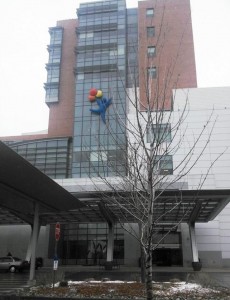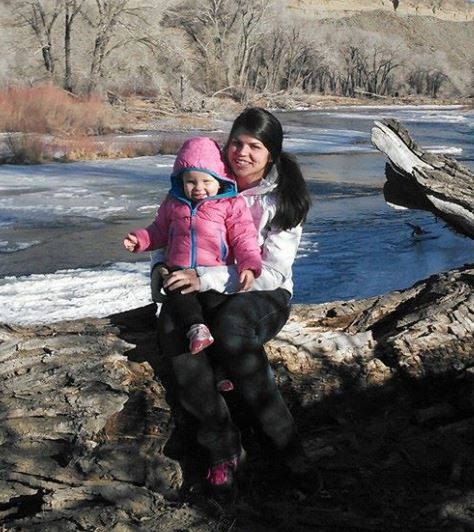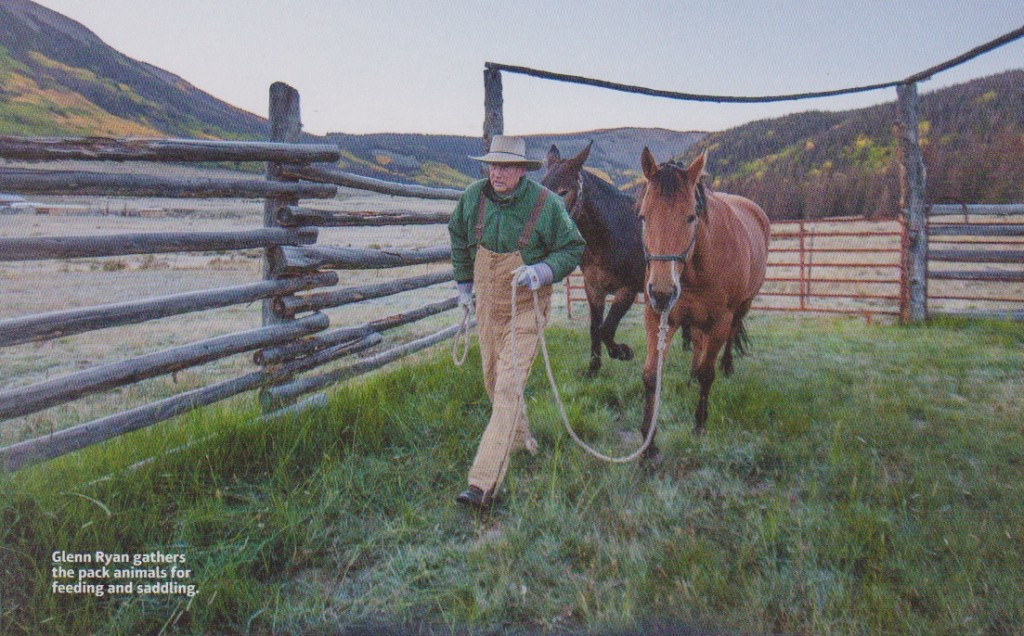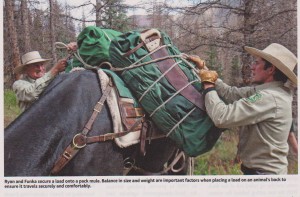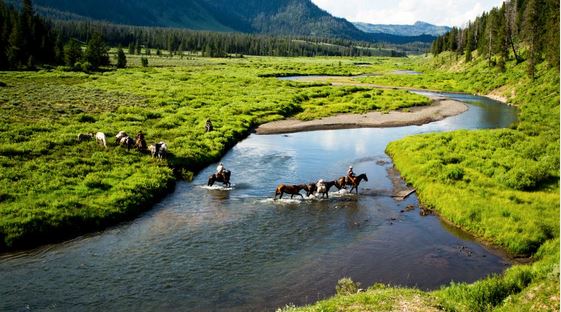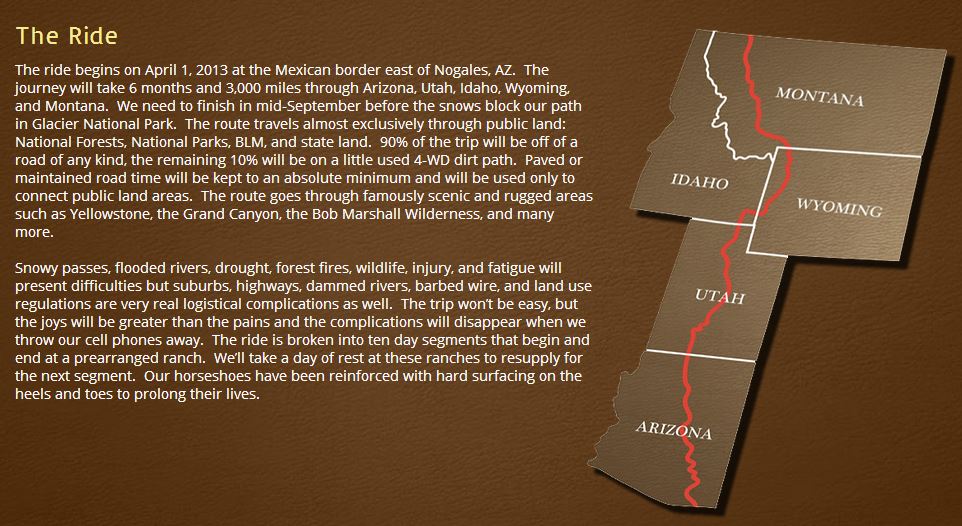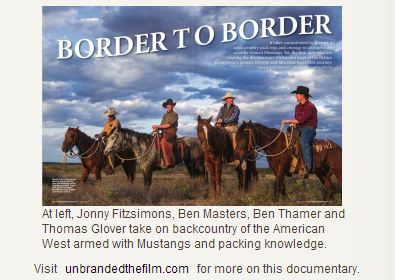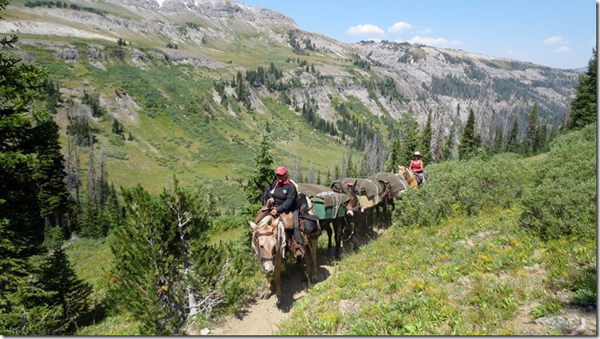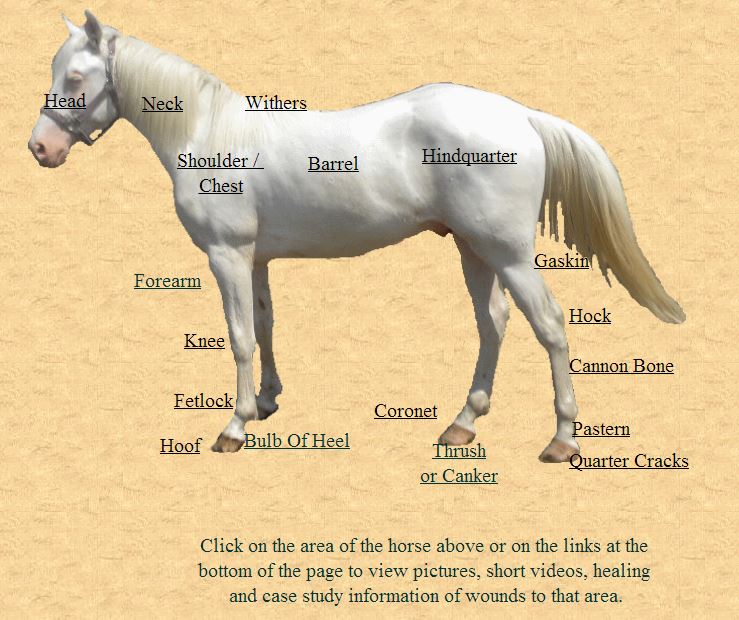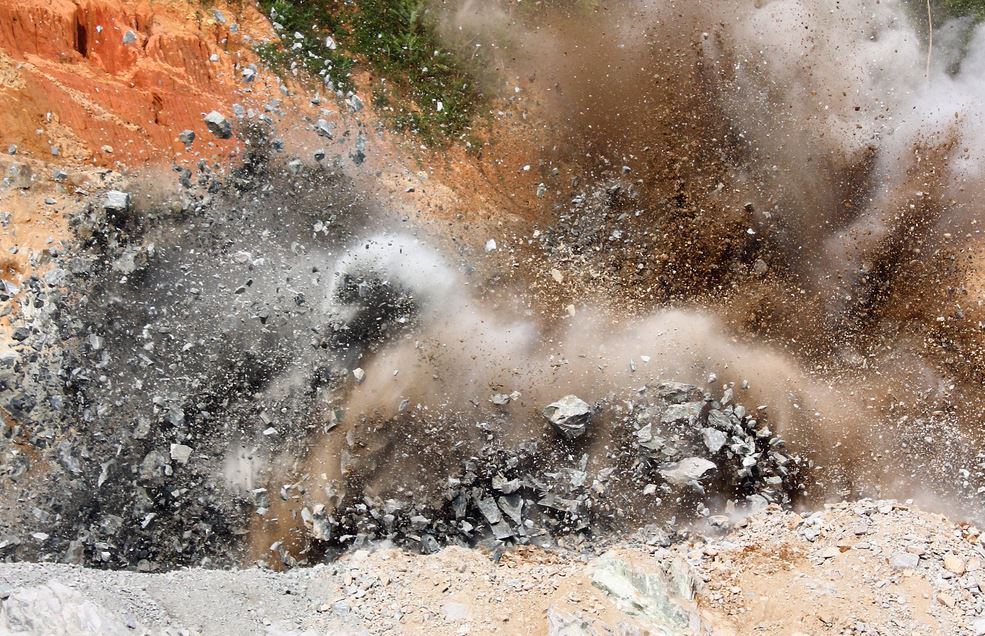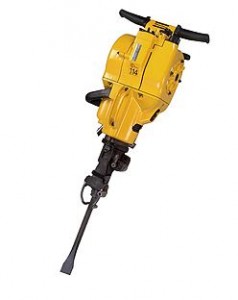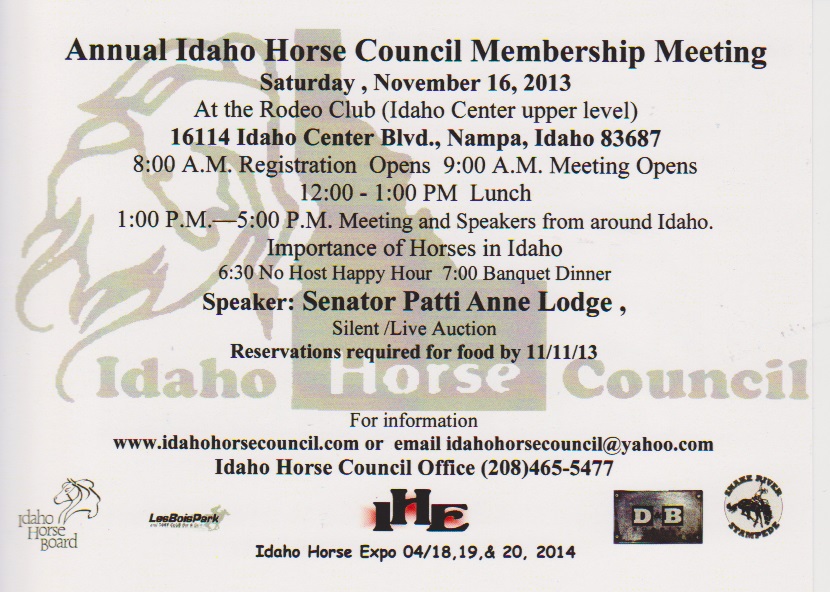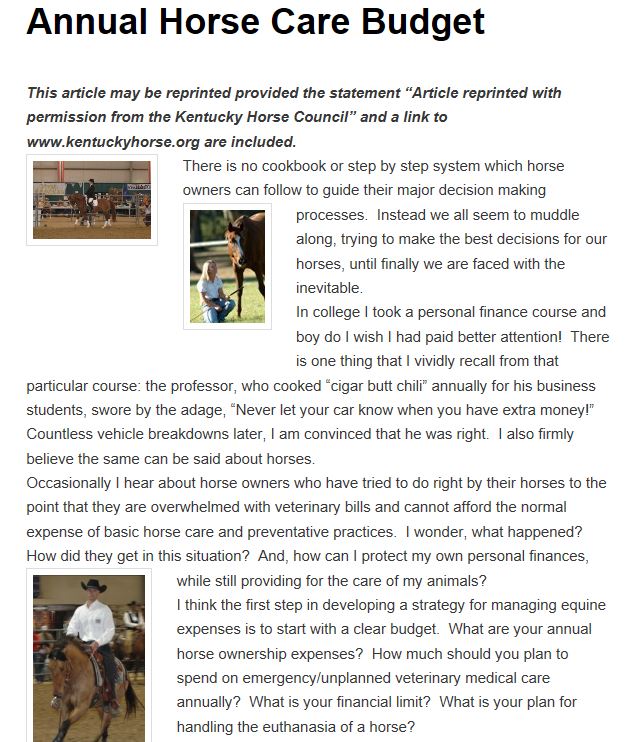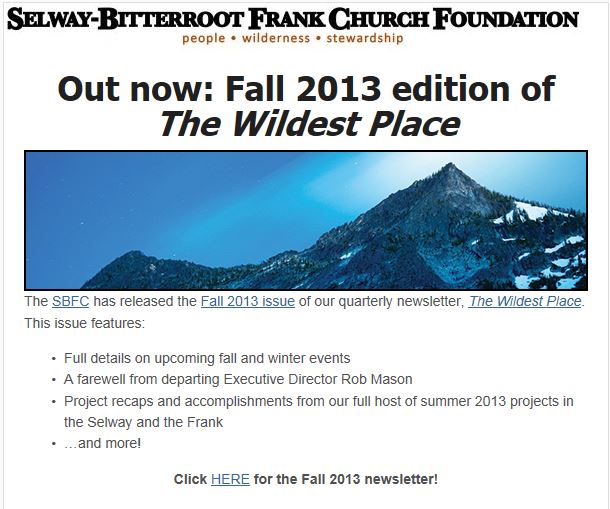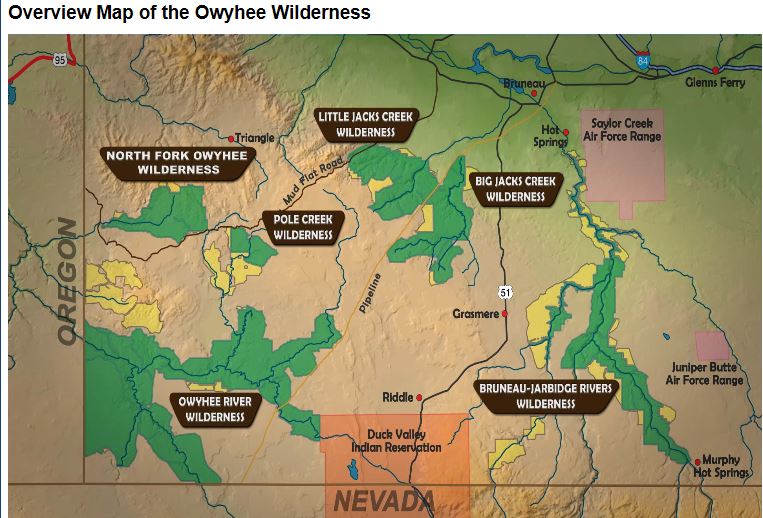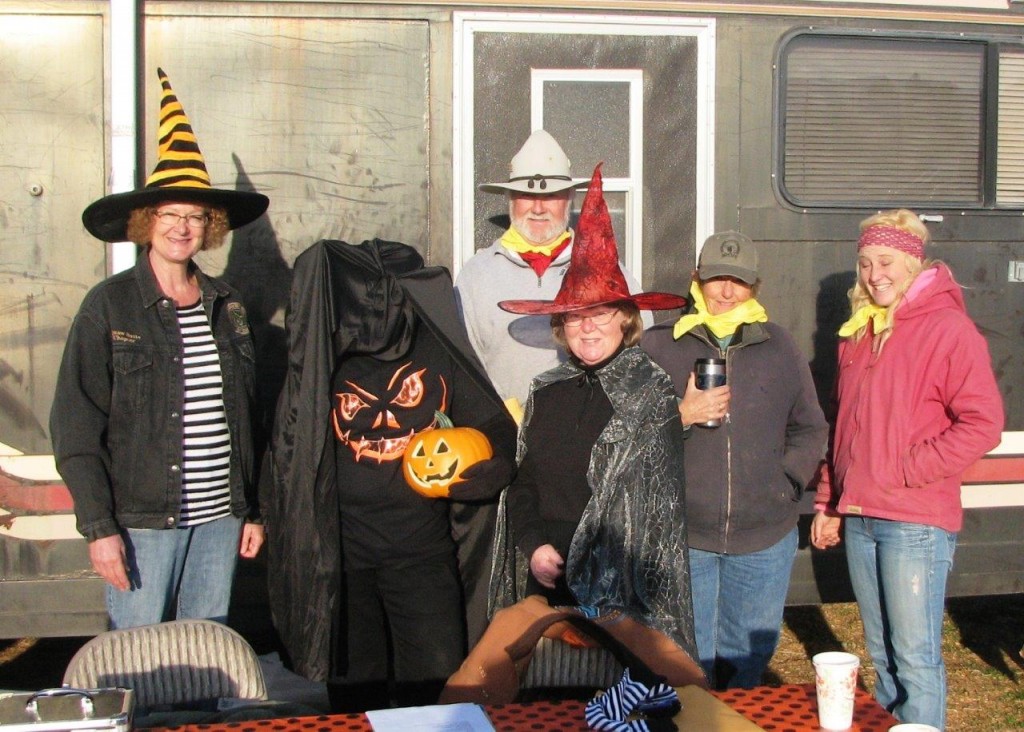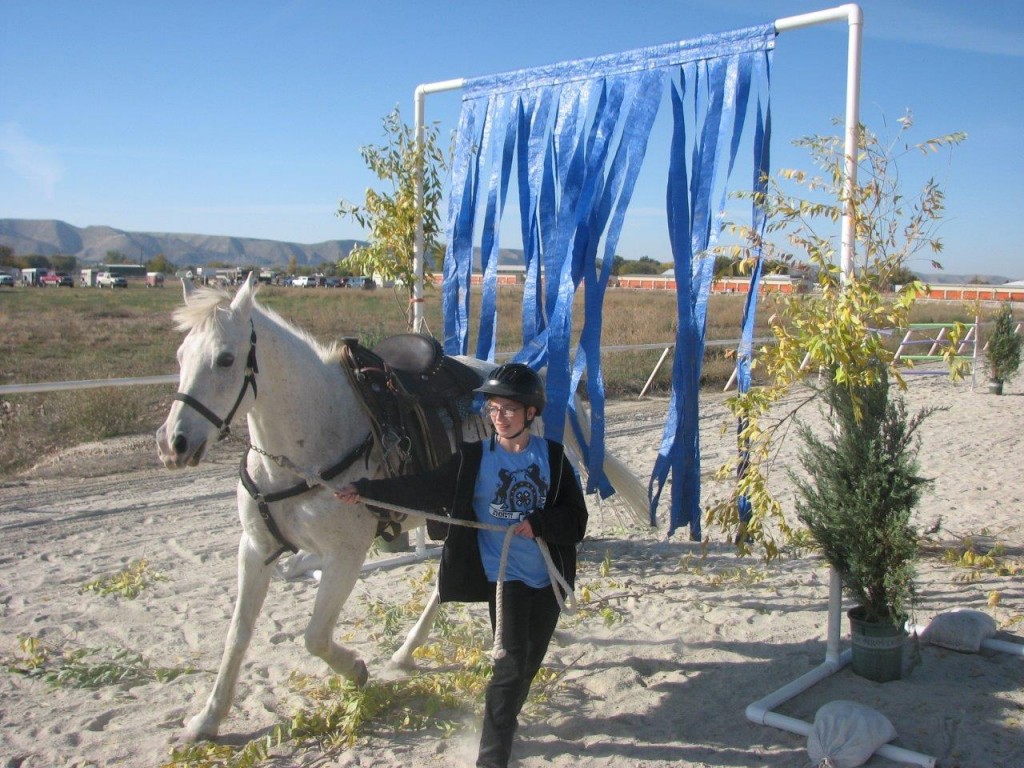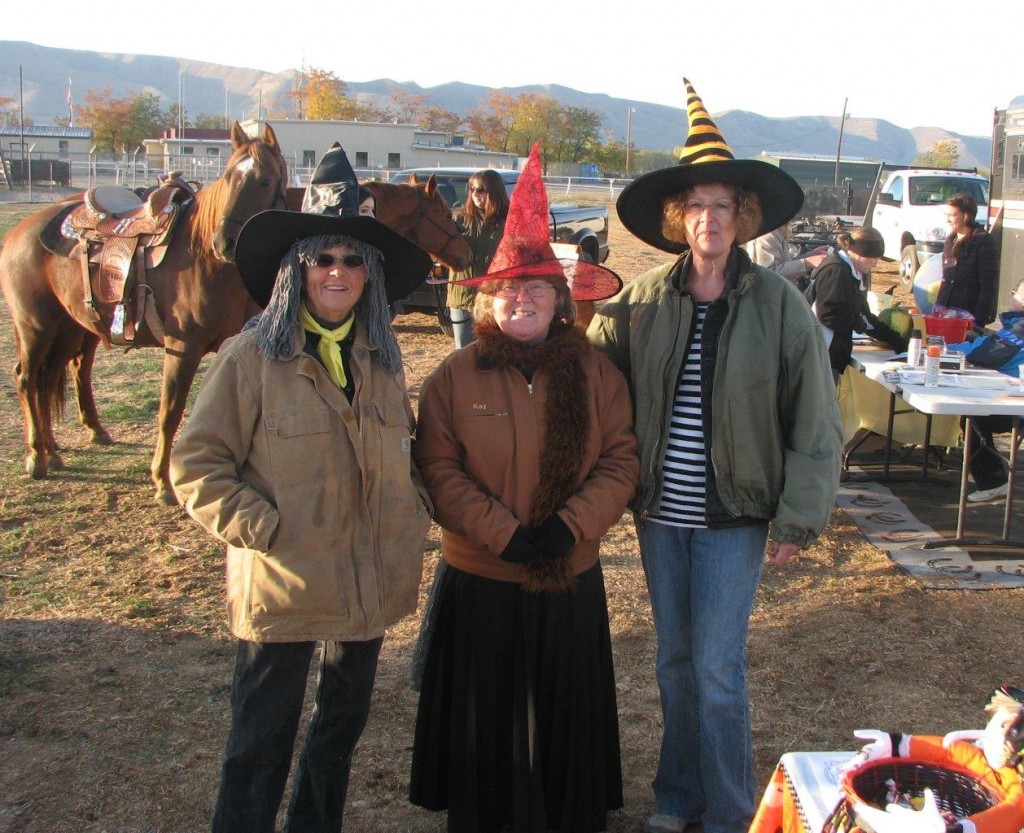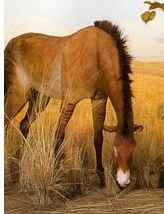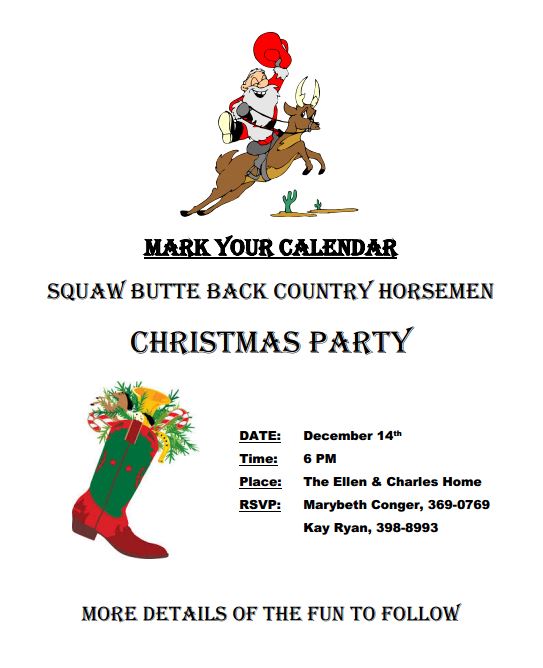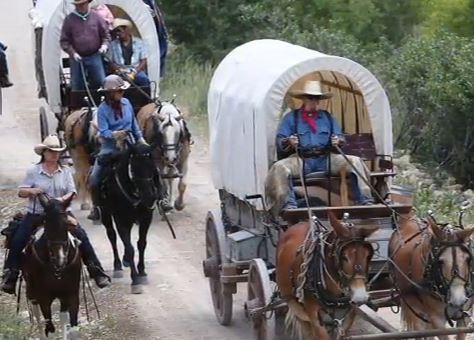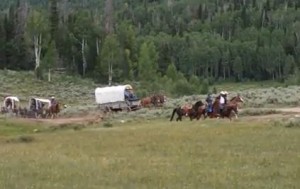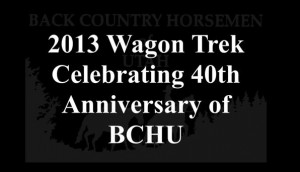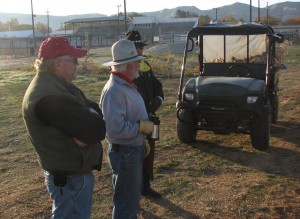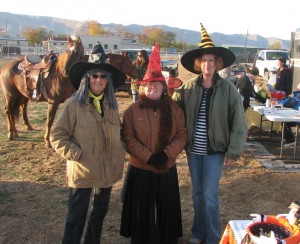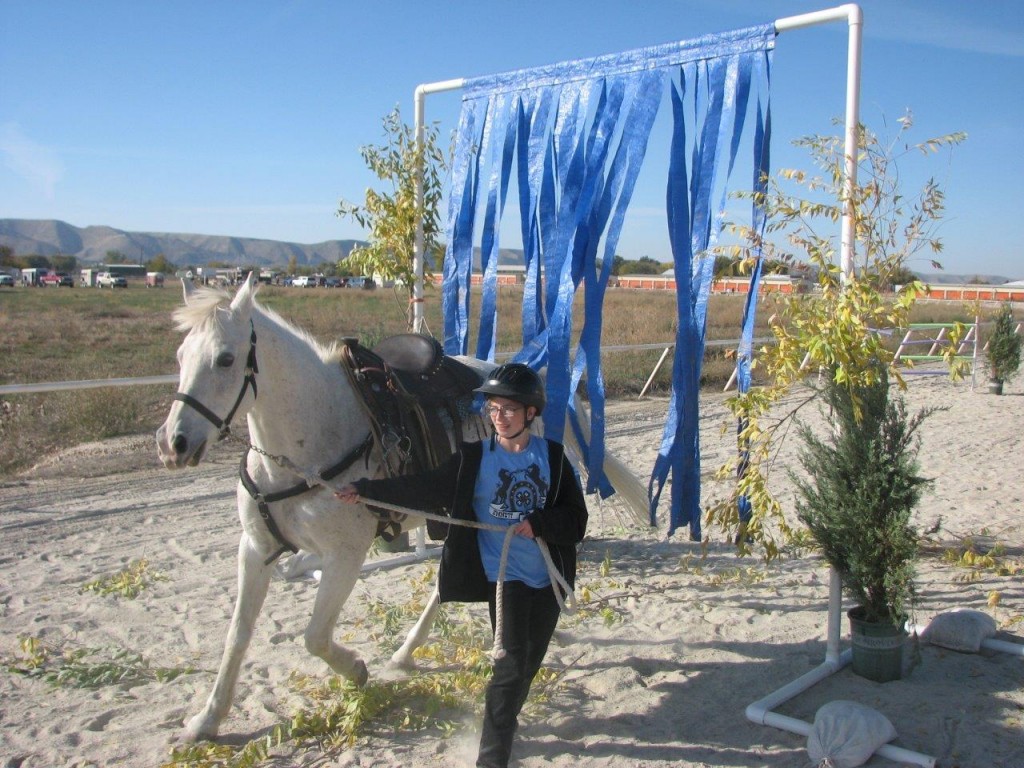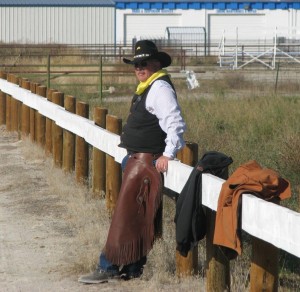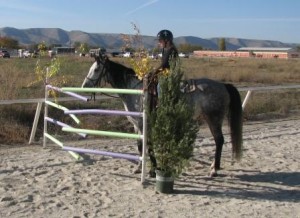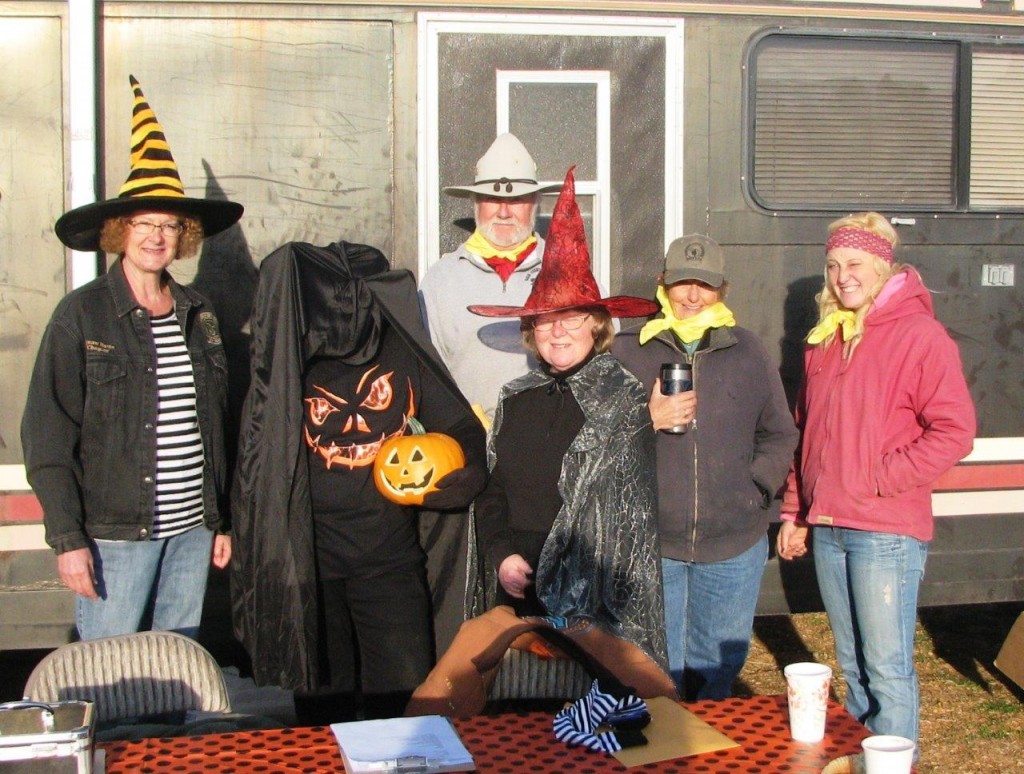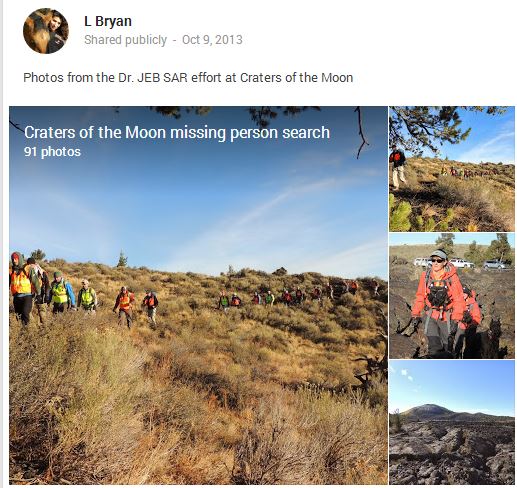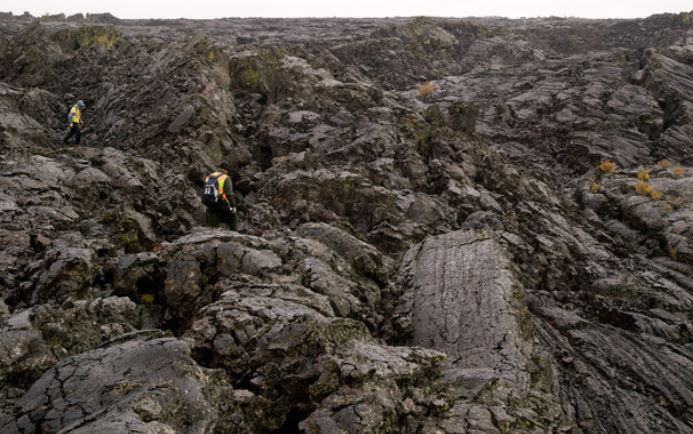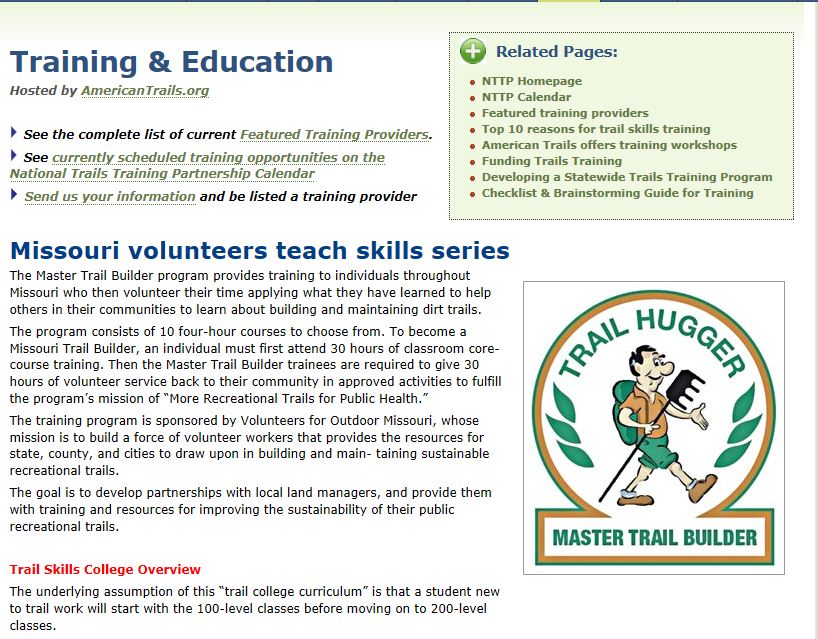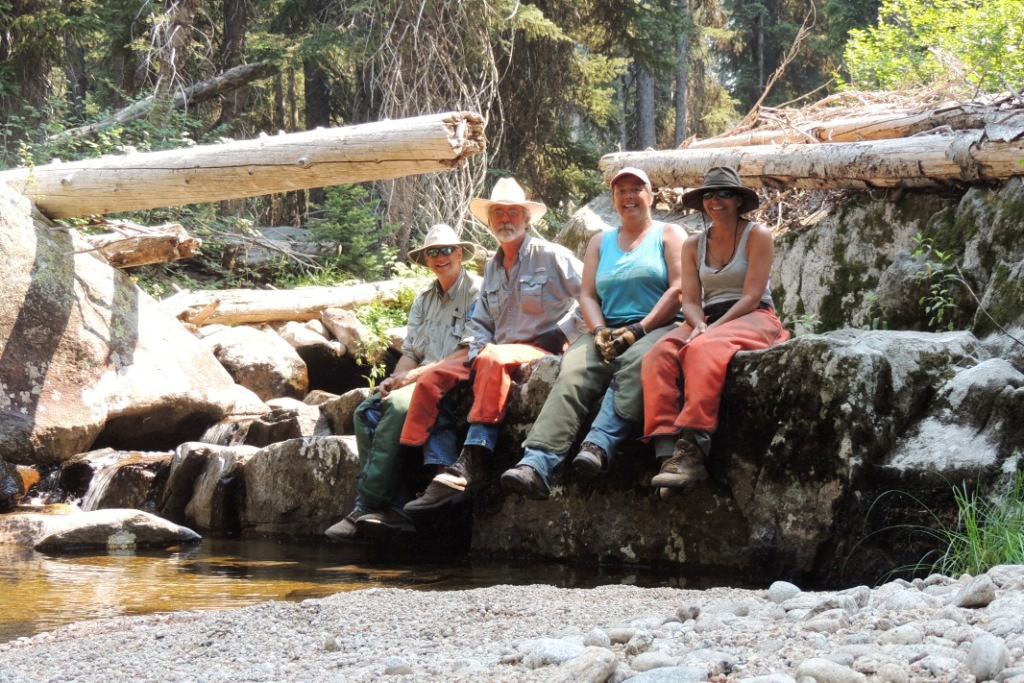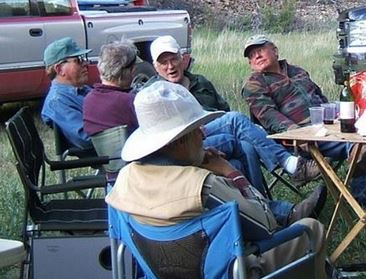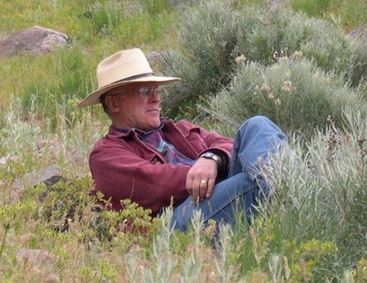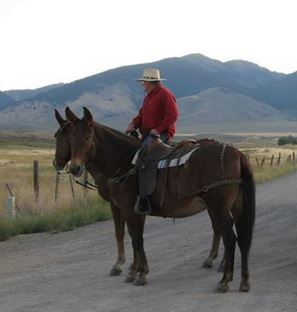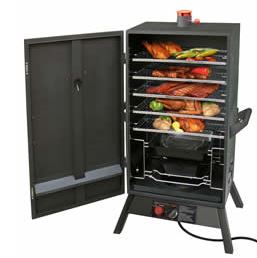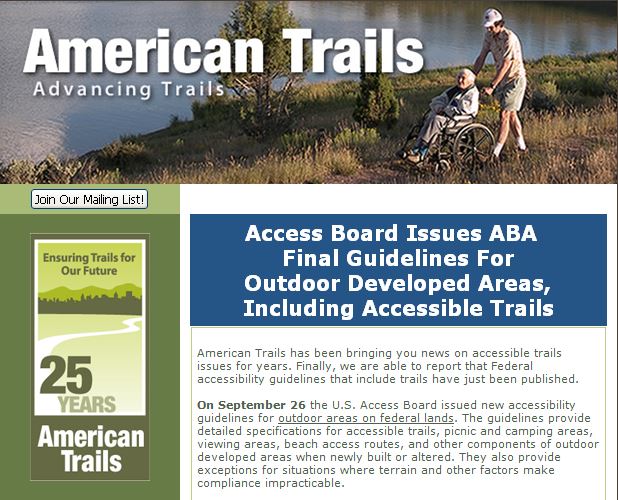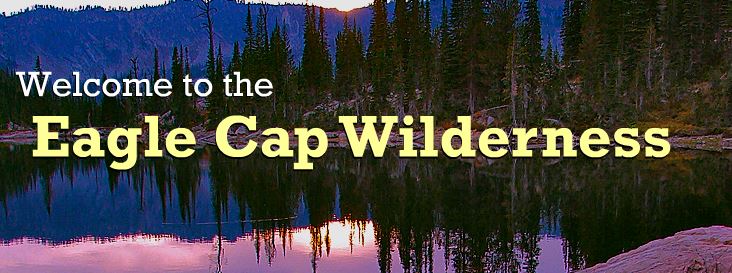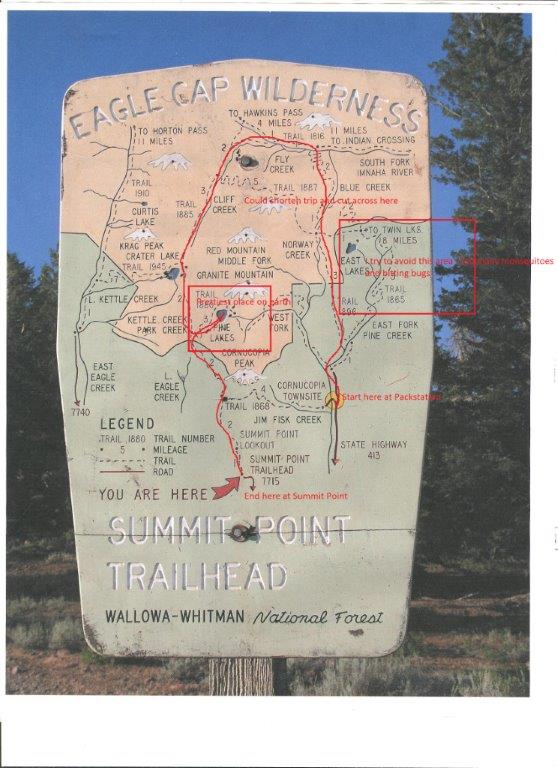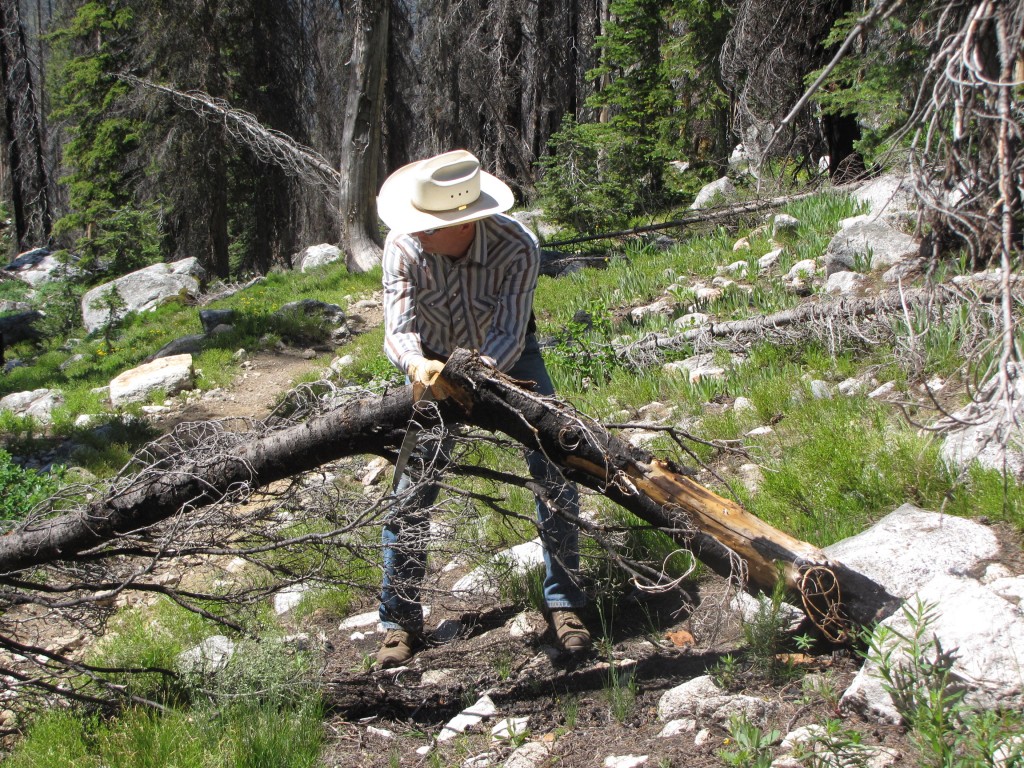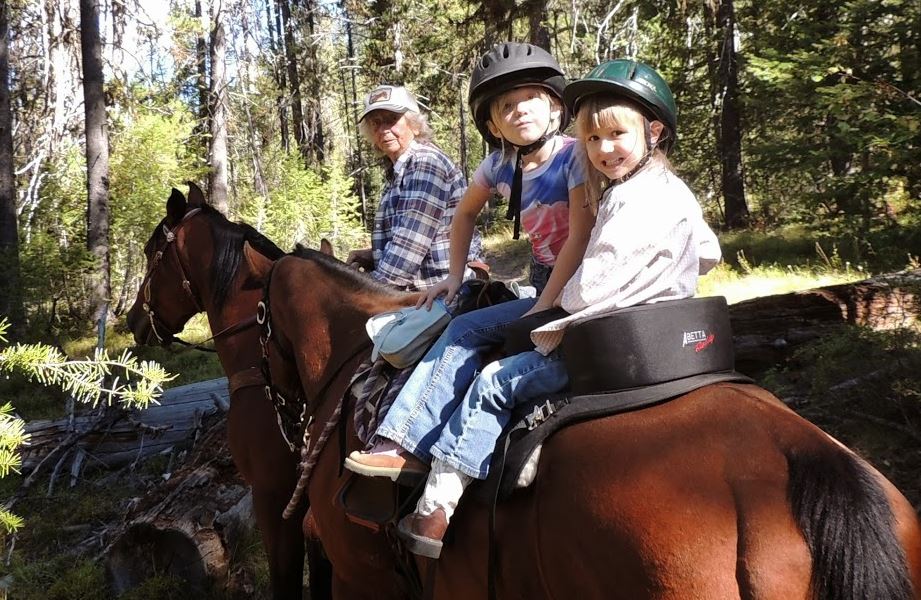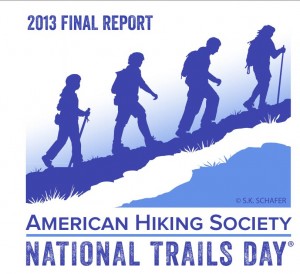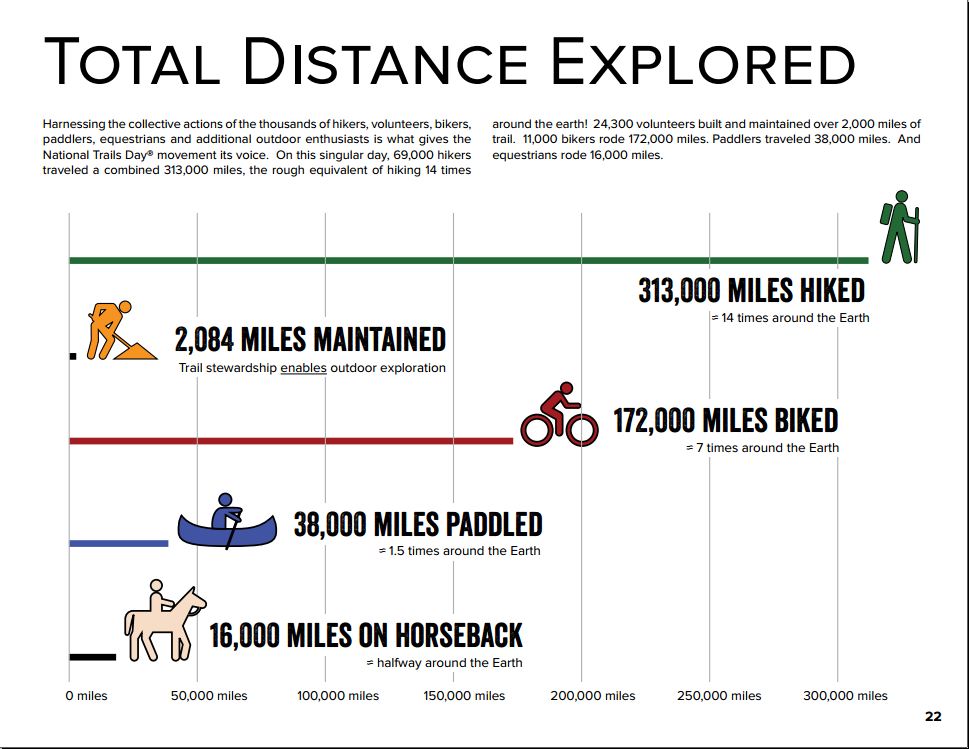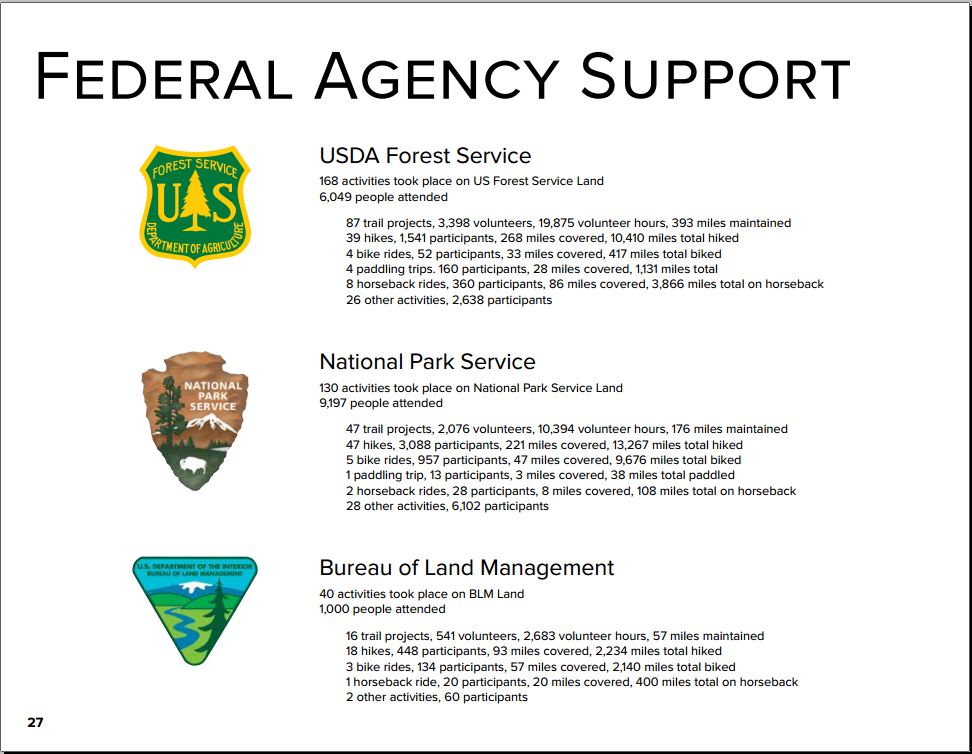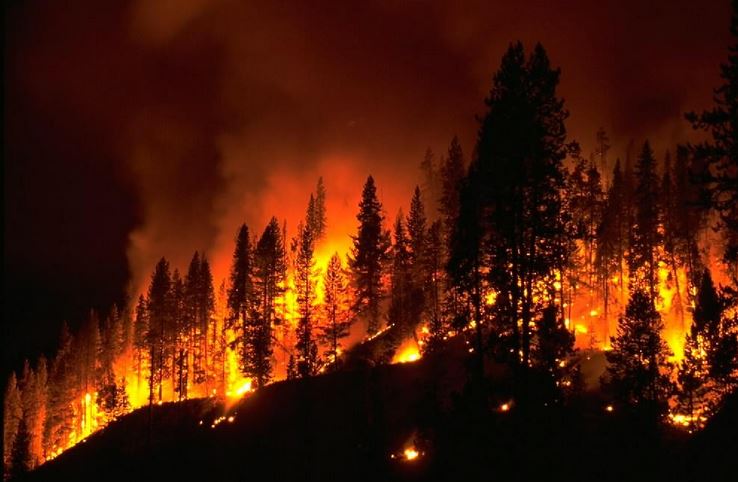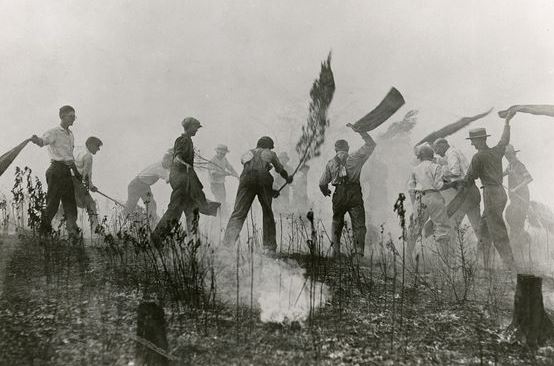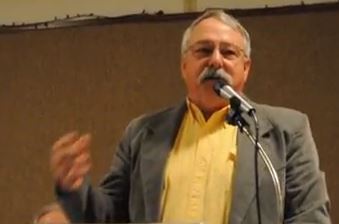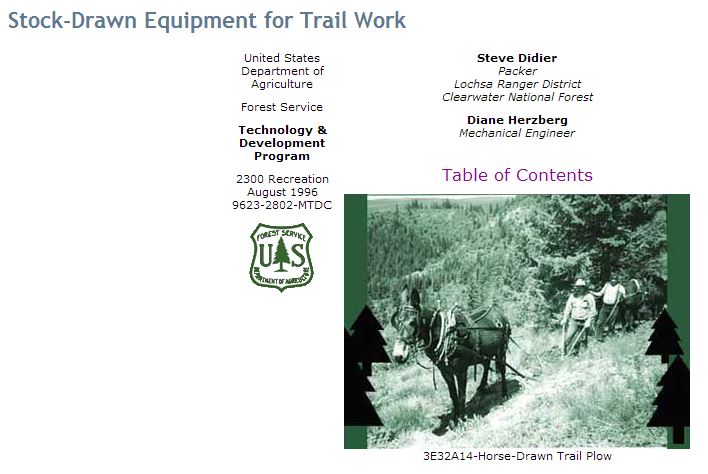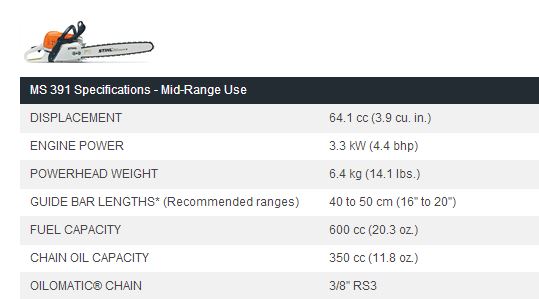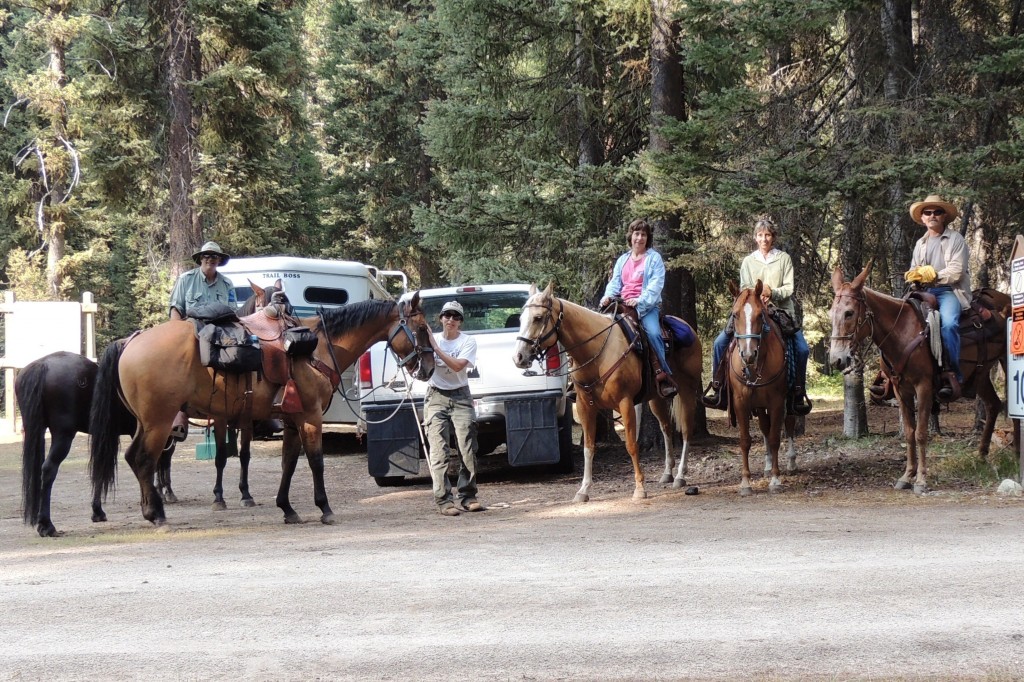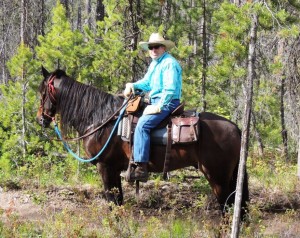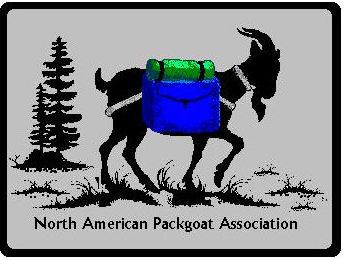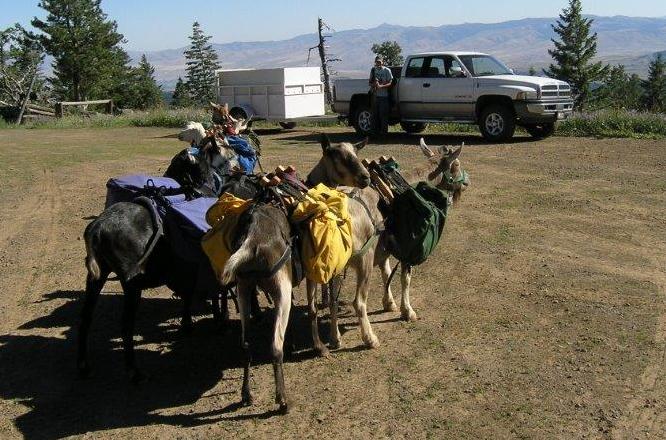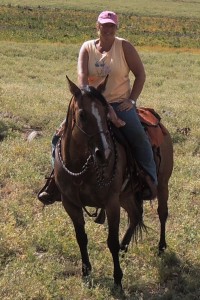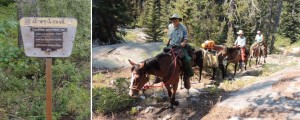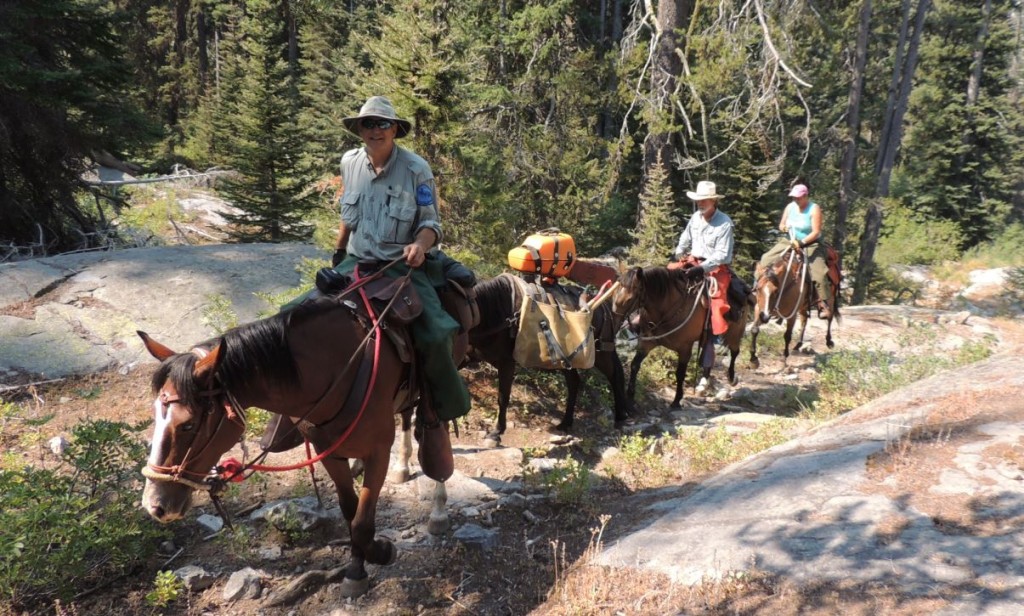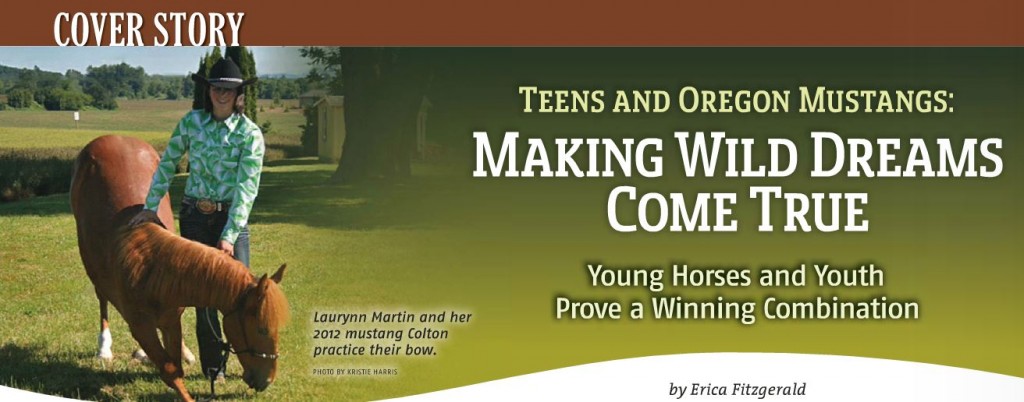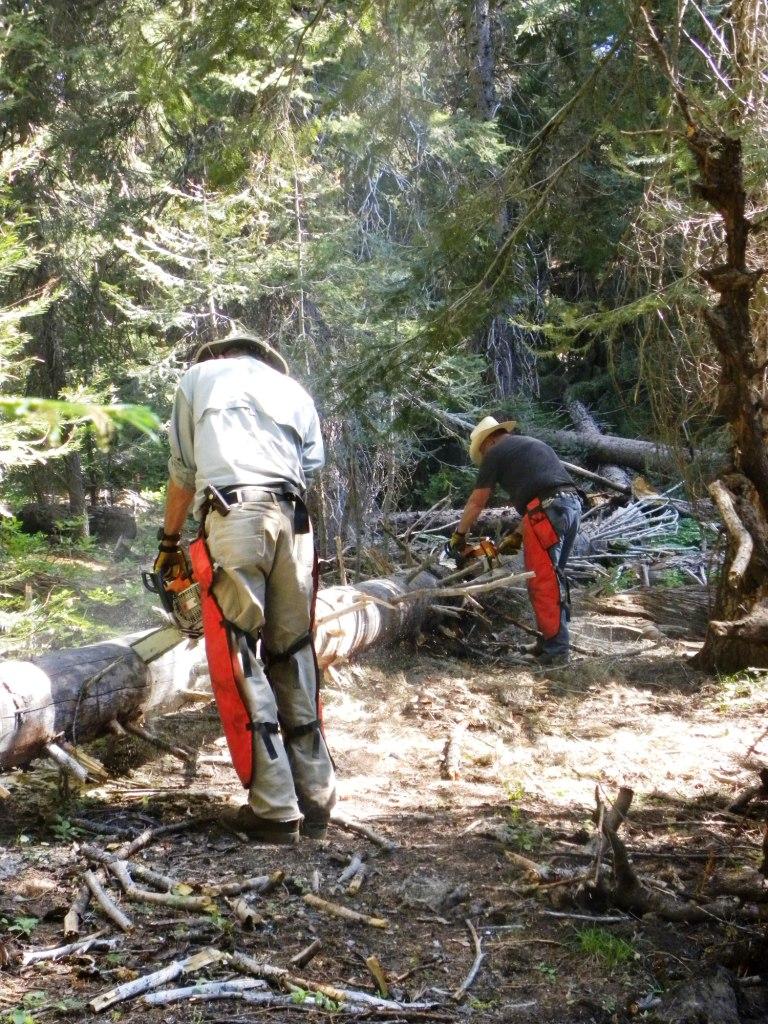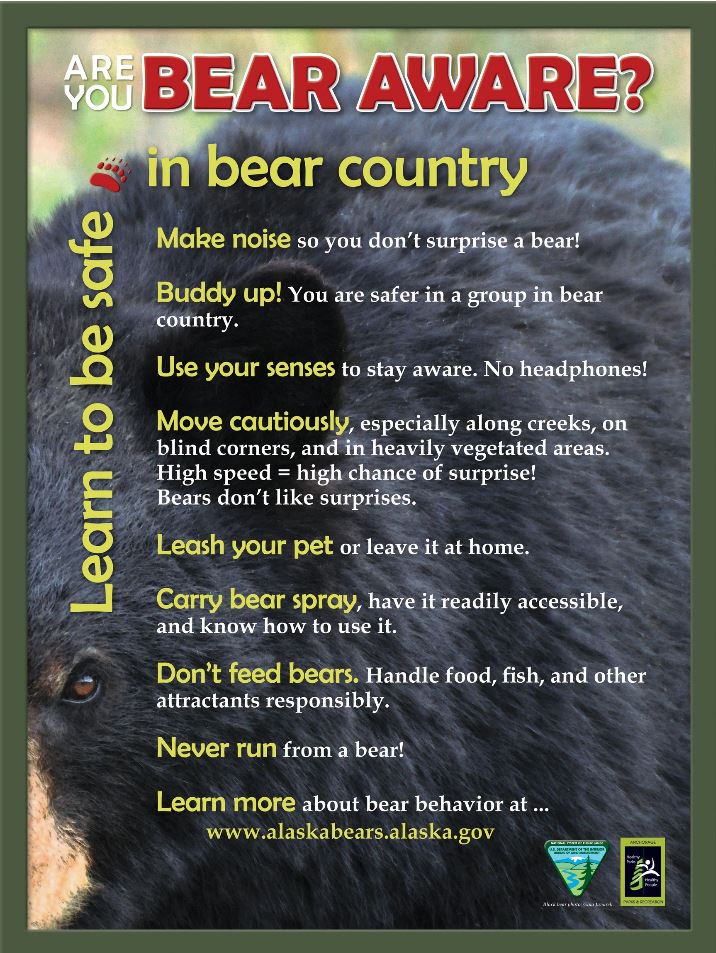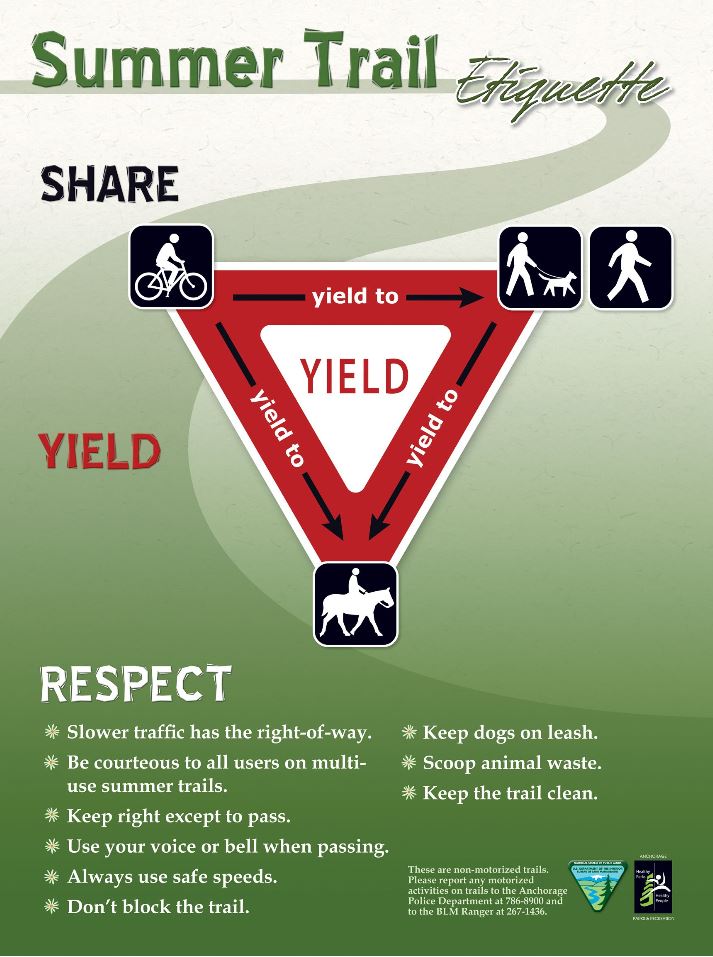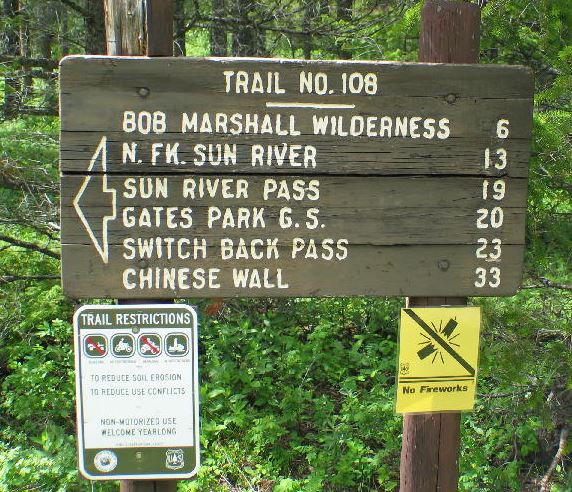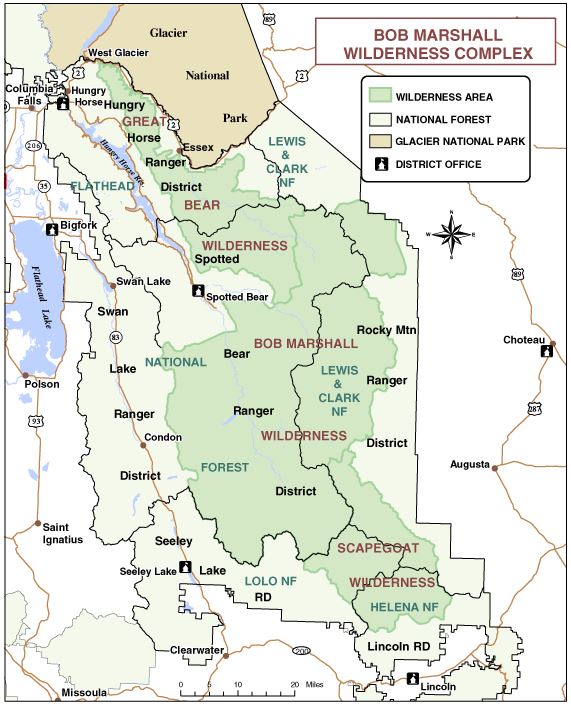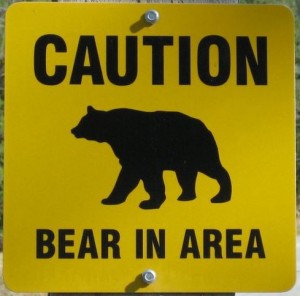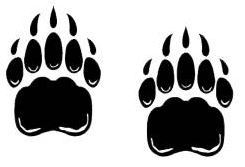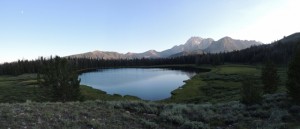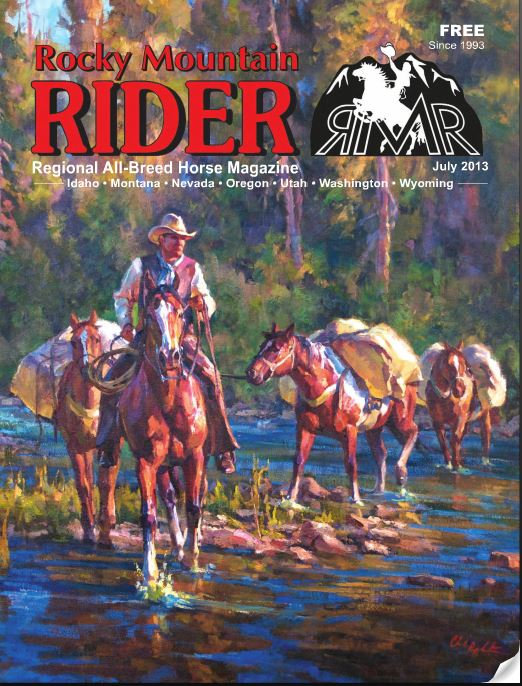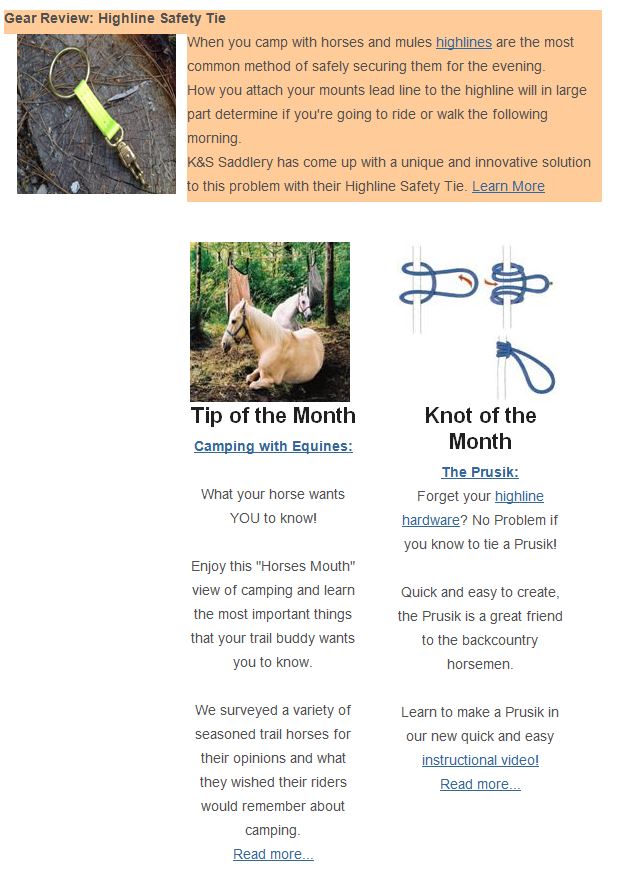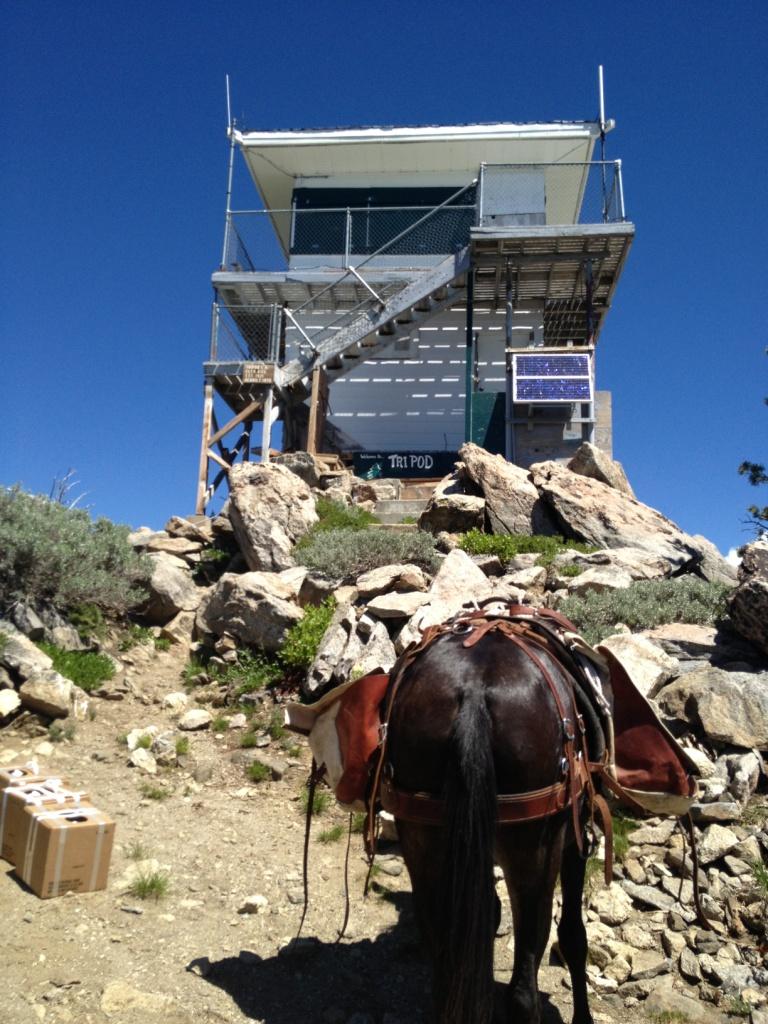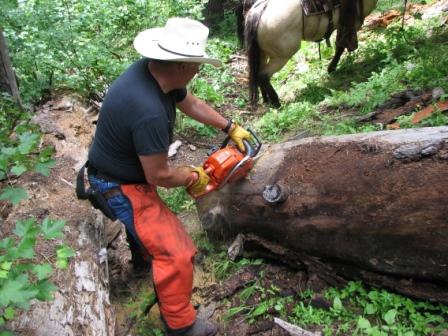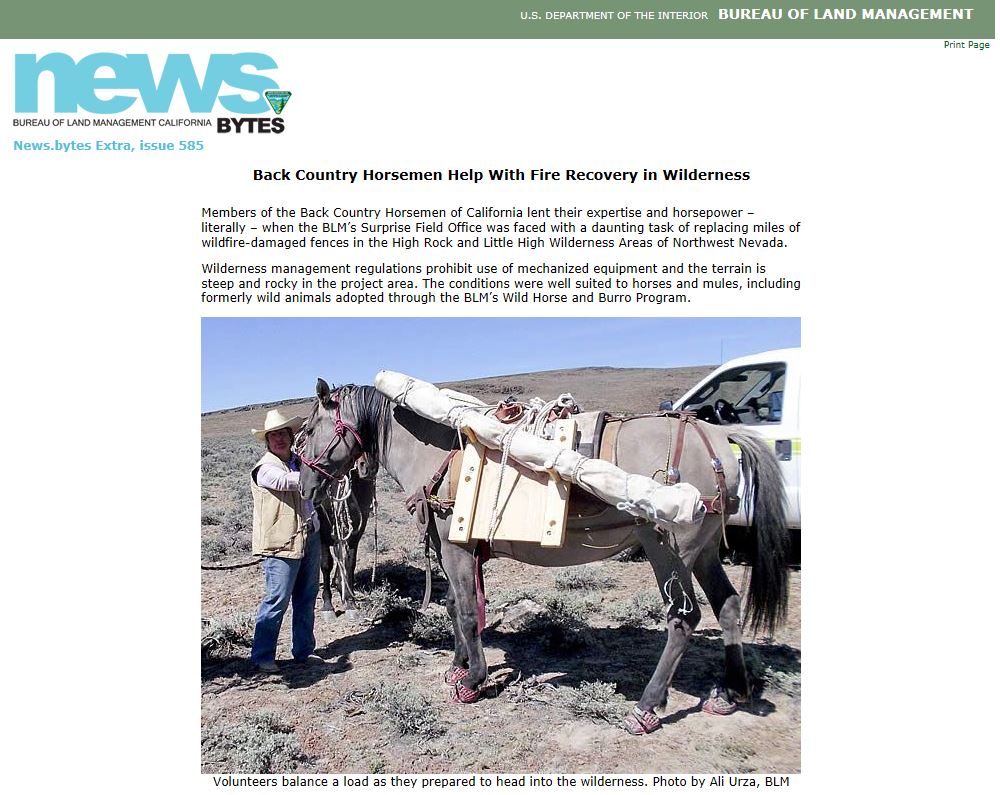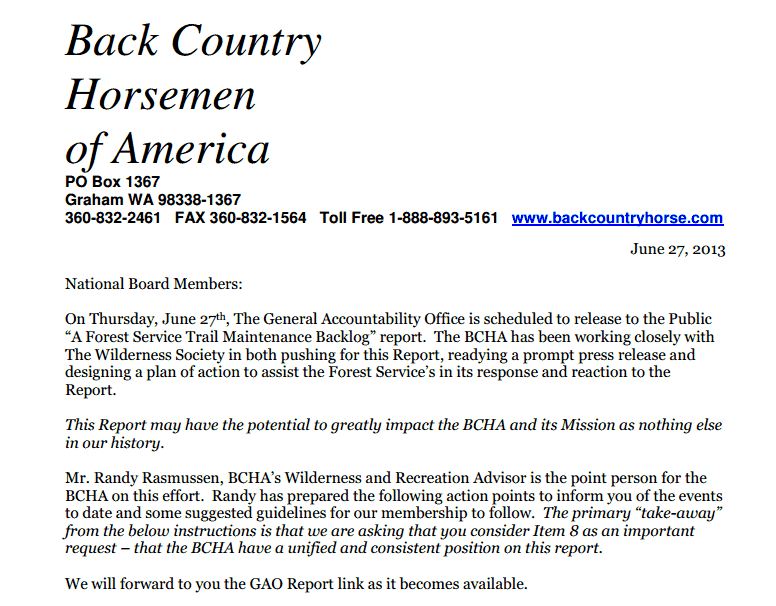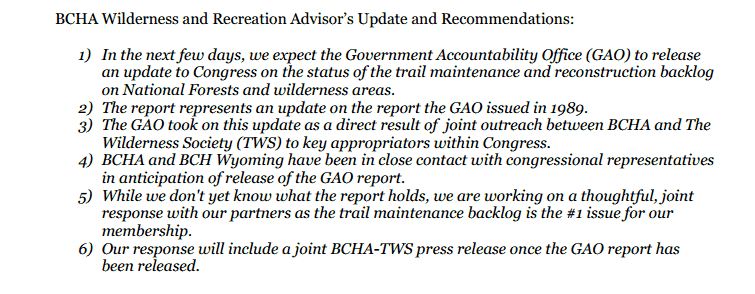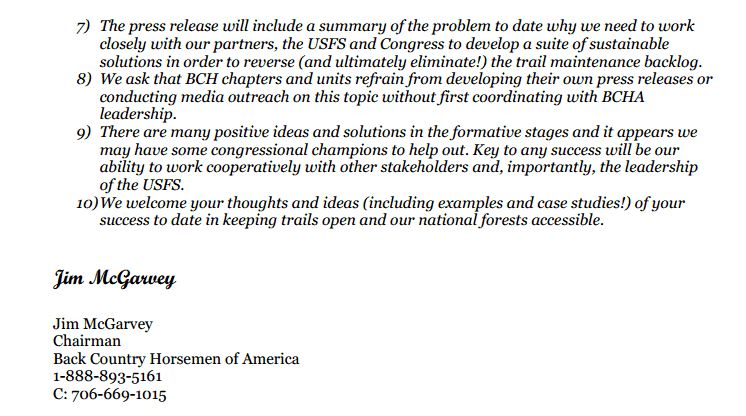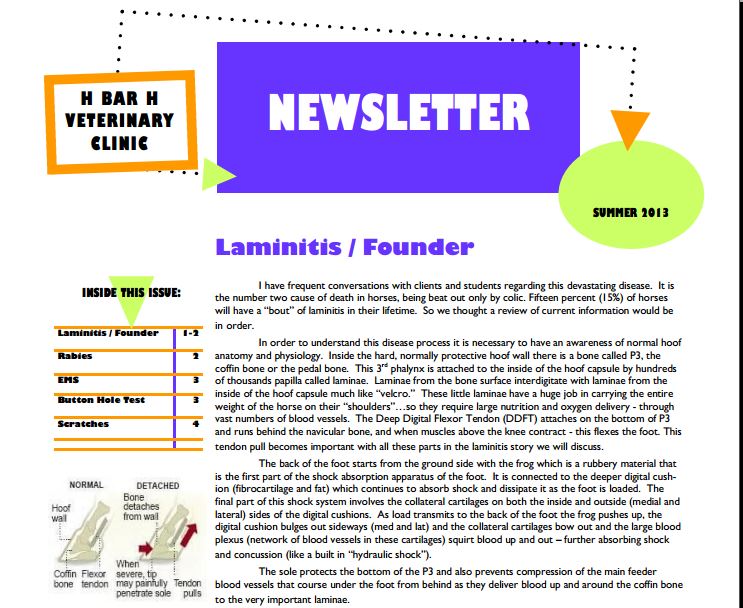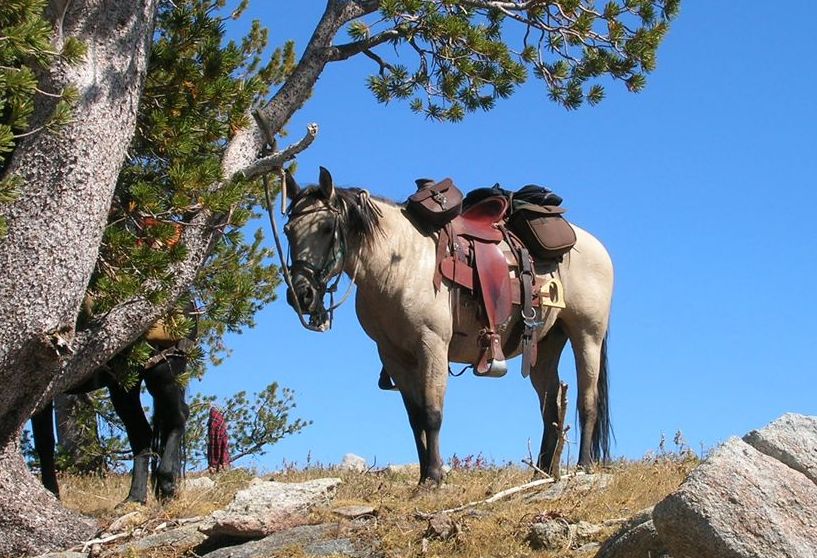
At 17:30 on July 17, 2013 Willow my lead trail horse and dear friend had to be put down. The day started out full of anticipation as a number of friends were meeting at my ranch at 09:00 to caravan to Livingston Mills trail head in the Boulder / White Cloud Mountains to start a four day pack trip to Frog Lake and the Little Bolder chain lakes area. The day started out cool and clear, but was expected to get hot in the valley so all were ready to get underway to the mountains. I fed my five horses around 40 pounds of grass hay at 07:30 with an expected load and departure at 10:00. They were in my walk-in shed and holding corral. At 09:00 each horse was haltered, and given an opportunity to drink and then hosed off as they were covered with mud from playing in the pond (mud hole) the day before. They were then fly sprayed and loaded into my trailer. Willow only drank a bit, but was acting his normal self and took advantage of being in the yard while getting washed up, by eating anything he could reach. He was the last one loaded and we were on the highway at 10:15.
After an easy drive we arrived in Stanley at 12:15 and got in line to fill up our fuel tanks. We heard and felt the thump when willow collapsed in the back of the trailer. Bill Selkirk jumped out and came running around the trailer shouting that Willow was down. I jumped out of the truck, opened the trailer door and he looked dead, not moving. I jumped in and he moved his head and looked at me. I jerked the lead rope and he attempted to get up. With Bill and a couple of the others help I got him on his feet and out of the trailer. We walked around a bit and he seemed un-injured.
I walked him around for a few minutes and he seemed to be ok, other than he was sweating a bit, but that could have been from the fall. Then his legs just went out from under him and he hit the ground. He hit the ground hard, and rolled four of five times. I got him on his feet and we repeated the cycle. We would walk a while, than he would do a belly flop and try to roll. His belly was blowing up and it was obvious that he was in great discomfort.
Janine got on her cell phone and called her vet for guidance and to see if they knew of a local large animal vet in the Stanley. Chick went into a store to find out if there was a local vet. Both came back with phone number of two vets, one in Challis the other Bellevue, Id. While trip members kept Willow on his feet, which was getting harder and harder, phone calls were made. The Challis vet said he was swamped and could not come, and was not sure he could help if we went there, his practice was limited to what he could do out of the back of his truck.
The Bellevue vets at “Sawthooth Equine” said if we could get him into a trailer and to their facilities they would do what they could. Janine and her vet were going over the drugs we had at hand, and a 1000 pound dose of Banamine (Flunixin Meglumine) paste was given. Both Janine and I have injectable Banamine, but had not brought it. Janine also had Rompun (Xylazine HCI) that with the guidance of the vet on the phone was injected into a vein on Willow’s neck while he was collapsed on the ground, no easy feat! The Rompun is a sedative and analgesic and the vet told us we only had a few minutes to get Willow into a trailer and to a vet or we would lose him.
Laurie had unloaded her two horses and the whole group got Willow to his feet and pushed him into the trailer. The door was slammed shut and we were off.
It was a mad dash down US 75 over the pass and down through Ketchum full of tourists and Winnebago’s. We arrived a bit before 16:00 and Willow was still on his feet, and for the first time I felt there might be some hope.
The vets were waiting for us; we unloaded Willow and took him into the clinic. They did a quick exam and determined he was in great distress and extremely dehydrated. They took blood, reached into his anus with a greased glove and located the blockage, saying words like twisted gut. His heart rate was through the roof, sweat was pouring off him and he tried to go down a couple of time. They inserted a large needle into his abdomen and fluid squirted out. They pumped more drugs into him and inserted and IV and hooked him to ten gallons of IV fluid.
The Vets suggested that Laurie and I go for a walk and in an hour we would know if there was any hope. We talked about surgery and how unlikely it would save him, so it was up to him to pull through. We walked over to an Albertson’s and got a couple of ice teas and a wrap from the deli. After 45 minutes they called Laurie’s cell phone, No idea how they got that number, and said to come back.
Willow had not responded and was lying in a bed of shavings, a shell of the horse that had loaded into the trailer this same morning. The vets asked me what I wanted to do, and I swallowed and said, it is time to let him go. They said they would take care of his remains, I signed some paper work and it was done.
I am sharing this because I think there may be some lessons learned.
First I fed dry feed (hay) without a ready water source a couple of hours before the trip began. They were offered water before they loaded, but not all drank all that much. In the future I will only feed small amounts of soaked (wet) hay before doing a trailer trip. It was something Dr. Hardy talked about at the clinic and it really sank home this day.
Second, we were out of our normal vet’s range, we should have had a list of vets along our route with phone numbers, so we could have saved time finding the nearest one. Your vet or Vet Finder (http://www.webvet.com/main/vetFinder) on the web can help you make a list.
Third, the paste form of Banamine is fine for some things, but takes quite a while to act, in this case we needed the injectable and the skills to put it in a vein.
If you travel with your horse for more than short day rides, you need a good vet kit, and some skills to make use of it.
I lost a great trail horse that has taken me over thousands of miles of Idaho trails and I will miss him greatly. I watched him go from I can’t wait to get on the trail, to a shell of himself in less than four hours, so you don’t have time to not get it right. Would any of this made a difference on Wednesday, I do not know, but I am going to make sure my stock in the future have the best odds of making the trail head in as good shape as they left the ranch.
Rob Adams
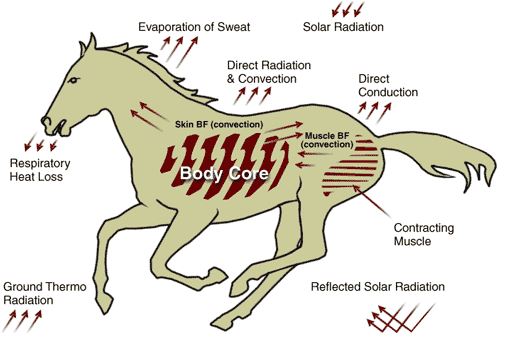 In order for a mammal to survive, internal body temperature is kept within a very narrow range. If the temperature exceeds these limits either above or below, the chemical reactions on the cellular level function improperly. Or they stop functioning at all. Fluctuations outside of the normal temperature range result in health problems or death of the animal. Mature horses maintain their internal body temperature at a range around 38℃. Foals, rapidly growing youngsters, pregnant and lactating mares have a higher norm of their internal body temperature (Hines, 2004). Most horse owners are aware of the damage and crisis inherent with fever states. Few horse owners realize how well adapted horses are to deal with cold when certain aspects of their lifestyle are in place for them.
In order for a mammal to survive, internal body temperature is kept within a very narrow range. If the temperature exceeds these limits either above or below, the chemical reactions on the cellular level function improperly. Or they stop functioning at all. Fluctuations outside of the normal temperature range result in health problems or death of the animal. Mature horses maintain their internal body temperature at a range around 38℃. Foals, rapidly growing youngsters, pregnant and lactating mares have a higher norm of their internal body temperature (Hines, 2004). Most horse owners are aware of the damage and crisis inherent with fever states. Few horse owners realize how well adapted horses are to deal with cold when certain aspects of their lifestyle are in place for them.

